WE900 4-20mA Weather Station was designed to be a drop in weather monitoring system for integration with existing systems
Optical sensors have been subjected to the requirements of surface water monitoring programs for difficult wastewater applications. The WQ-FDO has been designed to meet the stringent requirements of the environmental monitoring and scientific research sectors. The sensor has extremely low power requirements and a 4-20 mA output, which is ideal for integration into remote environmental monitoring installations.
Features and characteristics
- Extremely fast and accurate optical sensor
- outstanding for field and laboratory applications
- Proven green light technology for long sensor life
- The bevelled membrane repels interference and can be evacuated by air bubbles
- Universal protection armor available
- Low energy consumption and low maintenance
- Easy to integrate and use
- One year sensor life
How does it work?
The measurement technology of the WQ-FDO optical sensor is based on an attenuated fluorescent signal measured in the lapse of time. A fluorescent dye is stimulated in the sensor membrane by a wavelength light source. When falling back into the passive state, long wave light is emitted, which is recorded as a measurement signal. If oxygen comes into contact with the dye by diffusing through the membrane, the light backscattering period is shortened according to the oxygen concentration of the sample. The optical measurement of OD is more or less a high-precision measurement. In order to measure the measurement times, it is possible that the sensors are calibrated at the speed of light.
The WQ-FDO optical sensor has many advantages over traditional sensors. WQ-FDO does not contain any consumable cathodes or anodes that require replacement, which minimizes maintenance requirements. The sensors are not consumed. By the power, on the sensor of the sensor is not under the flow of water. The WQ-FDO can even be deployed in stagnant forests. The sensors also have extreme stability - a calibration interval is typical.
The optical components of the reference path and the reference path. The Natural Aging Processes of the Component Optical Sensor Can be Made by the Being compensated path of and reference in the AINSI compensated measurement path. Consequently, on-the-make-make-make-make-make-shing-to-power-to-set-up-to-be is necessary to recalibrate. In addition, by stimulating the fluorescent reaction in the membrane with low energy, the fluorescent dye in the membrane will not be bleached.
Applications
 | Short- and long-term monitoring of rivers, streams, lakes, aquaculture, thermocline profiling, industrial landfills, wastewater, scientific research, homeland security, wine and food industries, etc. |
| The WQ-FDO can be used to monitor OD in almost all liquids, including wine, beer and milk. The sensors are not affected by the color of the liquid and by the bevelled membrane design, air bubbles or ventilation do not affect the sensor measurements either. The sensors can also be mounted in process lines for quality assurance. |
Ordering and options
| WQ-FDO sensors | |
| Order number | Type of output |
| WQ-FDO | Includes 25' of cable. Does not include armor. |
| WQ SC-FDO | Replaceable diaphragm |
| WQEXC | Additional sensor cable, per foot (up to 500 ft) |
| ACCESSORIES | |
| Order number | description |
| DD0505 | Reinforced plastic housing, 1.89 inch (48 mm) dia. |
| DD0510 | Stainless steel shielded housing, 1.89 inch (48 mm) diameter |
| Please call us for calibration standards. |
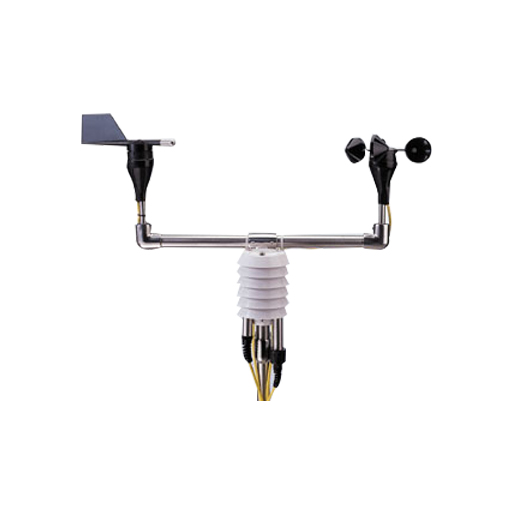
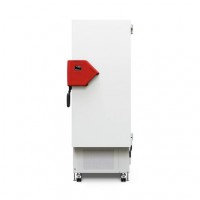
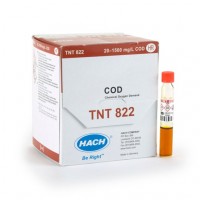

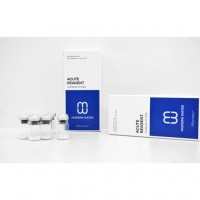

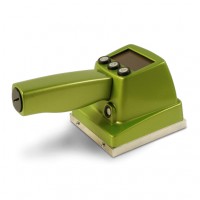
Do you have a question?
min 10 ch